Fall transforms Himalayan paths into scenes of gold, orange, and deep red hues. This creates a dream setting for anyone who loves taking photos outdoors. Both new and skilled photographers find these mountain views worth capturing with care. The beauty here calls for sharp technique and fresh creative vision combined. These trek photography tips will guide you toward capturing stunning Himalayan autumn shades perfectly.
Start Early for Golden Hour Shots
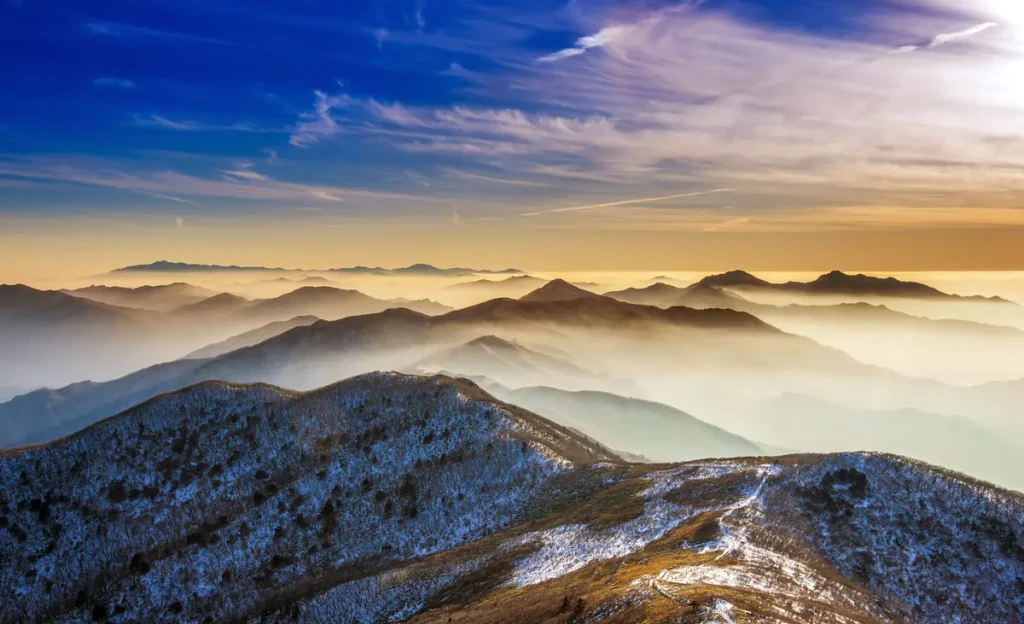
Himalayan mornings offer stunning beauty that transforms every photo you take there. The golden hour right after sunrise and before sunset provides gentle, warm light. Your photos gain a natural radiance that artificial lighting cannot match at all. Keep your camera prepared at all times since mountain light shifts fast. These rapid changes mean perfect conditions appear and disappear within mere minutes of waiting.
Use the Right Gear
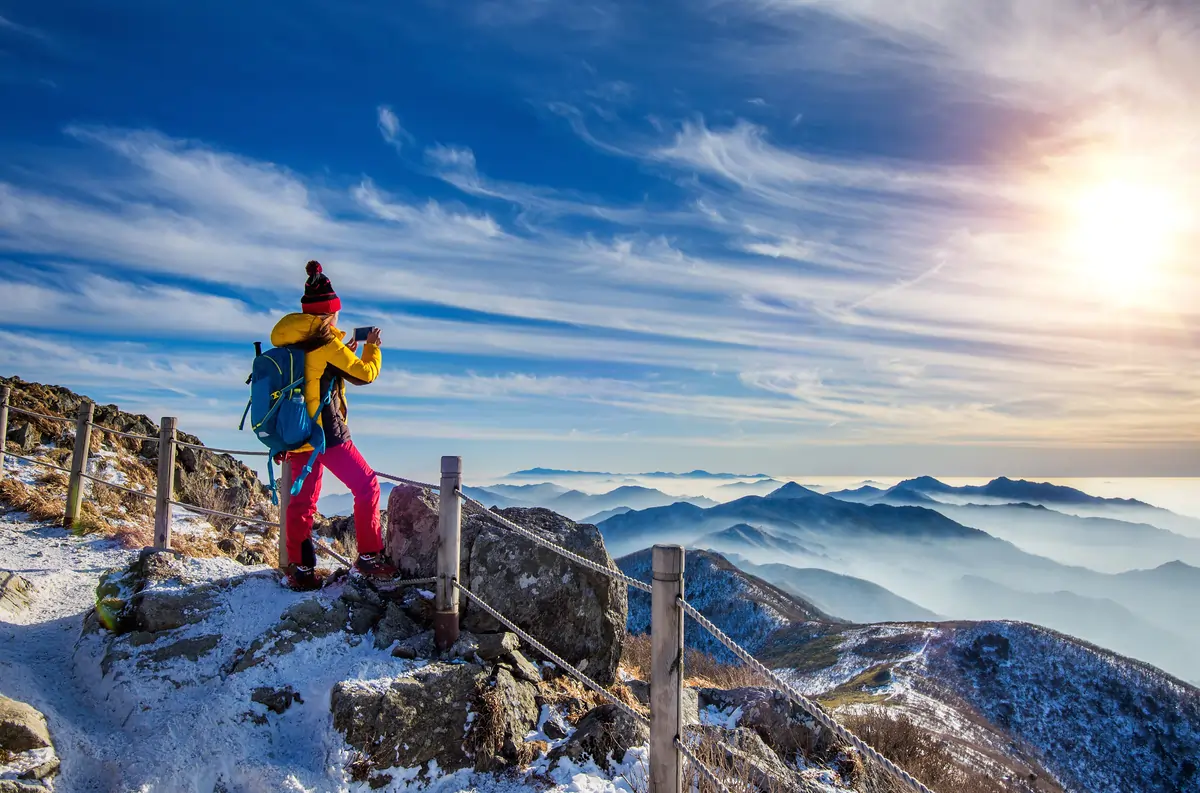
Strong photos do not always demand bulky cameras, but proper tools make a difference. A mirrorless body or DSLR paired with a wide lens handles landscapes well. If you carry light loads, a phone with manual mode produces impressive results. Bring a compact tripod along for steady frames during sunrise or nighttime star shots. Following these trek photography tips ensures you pack the right equipment for mountain conditions.
Frame with Depth and Perspective

When shooting mountain views, search for close objects like stones, leaves, or moving water. These elements build layers that pull viewers into the scene you captured naturally. This method turns simple views into rich frames that share a clear visual story. Applying trek photography tips like layering foreground elements creates dimension in your mountain images.
Capture Motion and Details
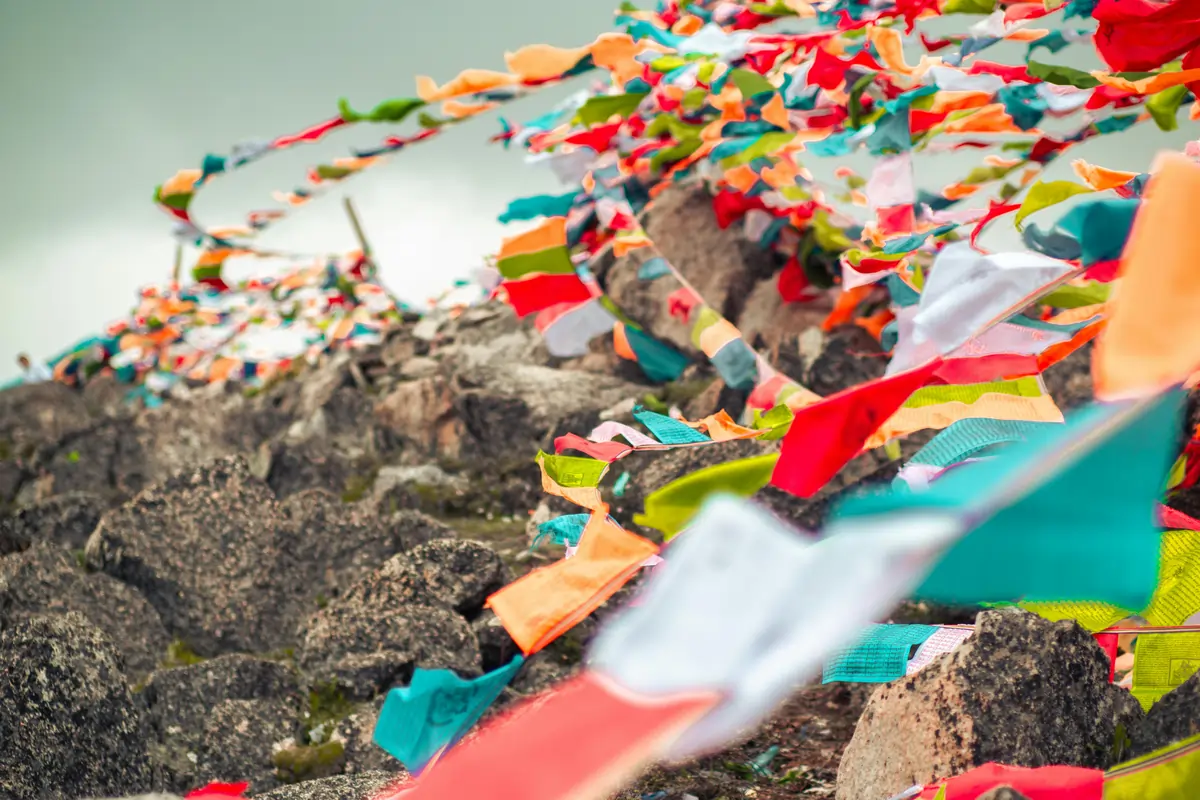
Autumn treks offer more than sweeping vistas to photograph along your journey ahead. Focus your lens on drifting clouds, bright prayer flags, and hikers moving through winding paths. Zoom close on small features like water drops on leaves, shadows across slopes. These details bring feeling and truth to the images you collect over time. Effective trek photography tips include capturing both grand landscapes and intimate moments that tell complete stories.
Adjust Your Settings Wisely
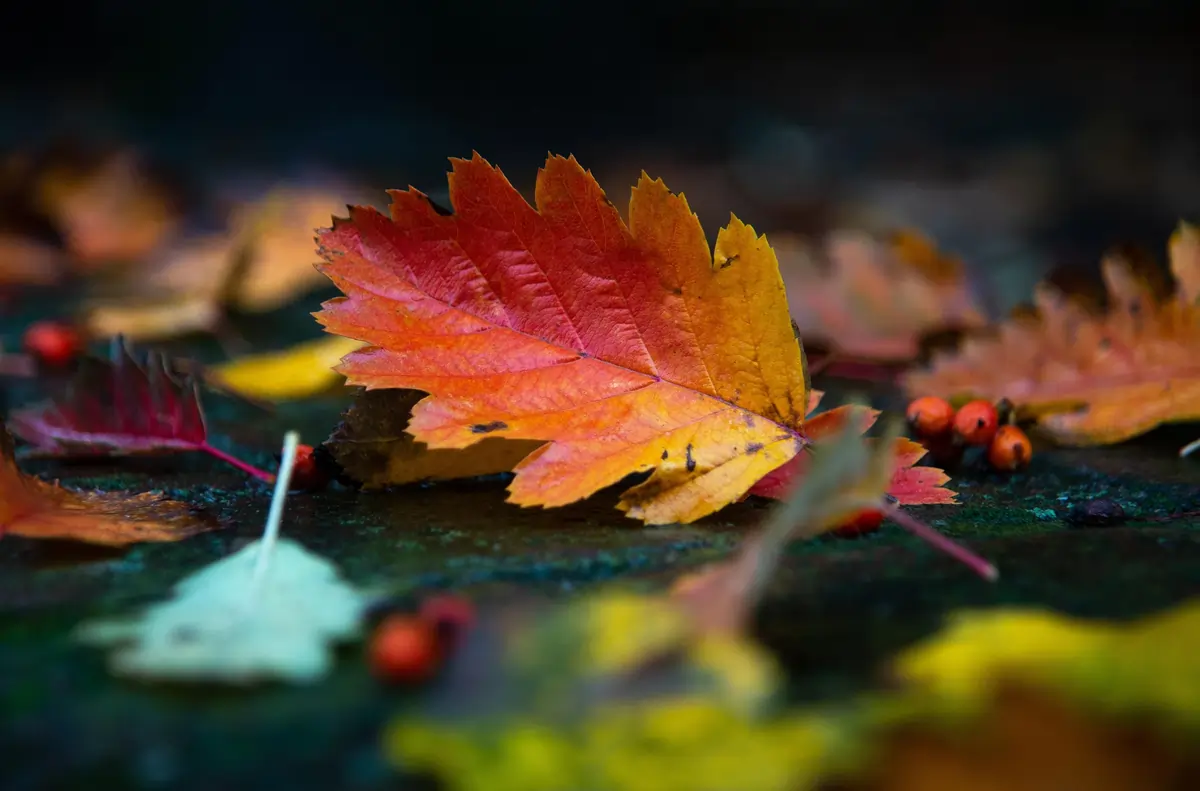
Test different ISO levels, shutter speeds, and aperture sizes to find balanced exposure. Use low ISO from one hundred to two hundred during bright hours for sharp images. Raise it slightly when evening light fades and reduces visibility on the trail. Shooting in RAW format preserves color data so you edit freely without losing quality. These trek photography tips for camera settings help you adapt to changing mountain light.
The Himalayas during autumn create a perfect setting for capturing memorable mountain photographs. Apply these methods to record not just the view but the experience itself. Every frame you save should bring back memories of cool air, crunching leaves, and the warm golden light across peaks around you then.


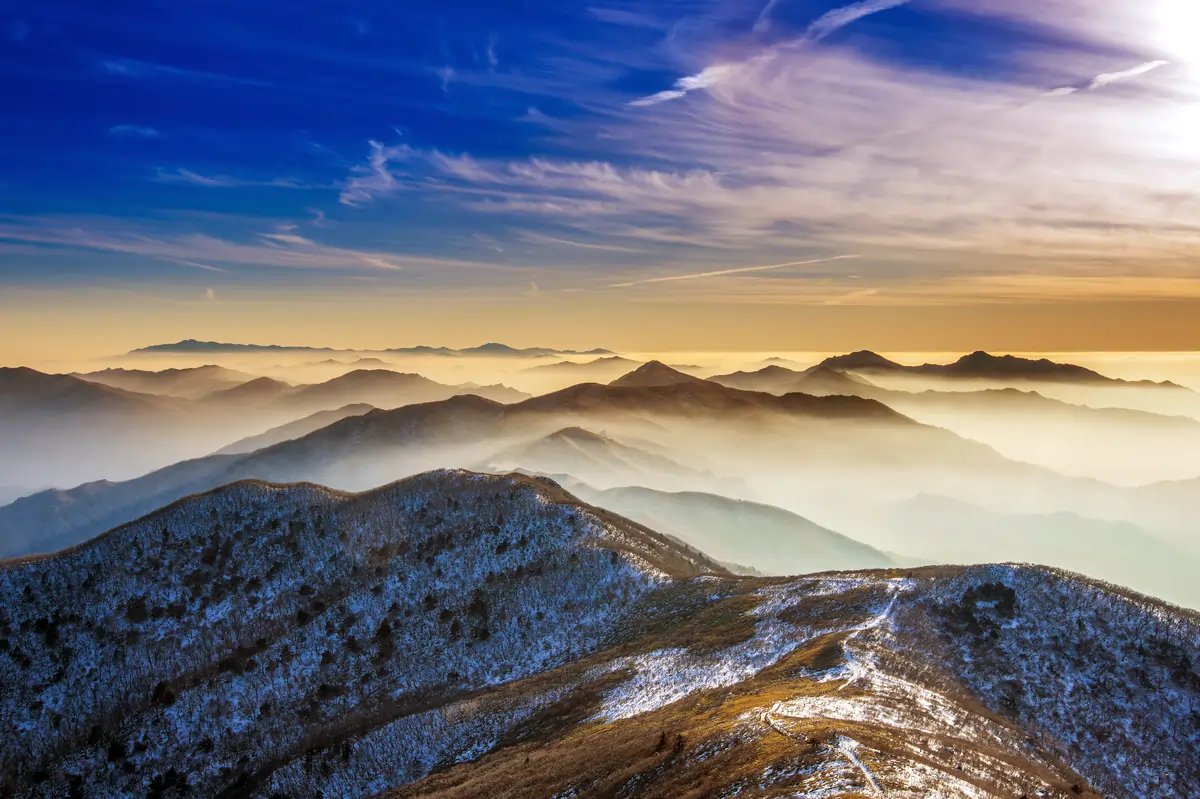
0 Comment